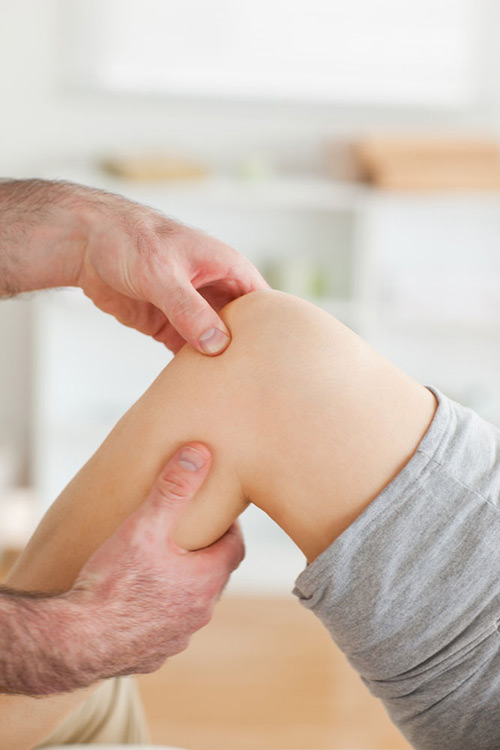Tendon Repair
![]() Tendons are the tissues that connect muscles to bone. When our muscles contract, the tendons pull on bones, causing some parts of the body to move. The muscles that move the fingers and thumb are called the flexor muscles and are located in the forearm, above the wrist. Long tendons extend from the flexor muscles through the wrist and attach to the small bones of the fingers and thumb.
Tendons are the tissues that connect muscles to bone. When our muscles contract, the tendons pull on bones, causing some parts of the body to move. The muscles that move the fingers and thumb are called the flexor muscles and are located in the forearm, above the wrist. Long tendons extend from the flexor muscles through the wrist and attach to the small bones of the fingers and thumb.
Extensor tendons are located on the back of the hand and fingers, and allow you to straighten your fingers and thumb. These tendons are attached to muscles in the forearm. As the tendons continue into the fingers, they become flat and thin.
Types of Tendon Injuries
 Tendons are stretched tightly as they connect the muscle to the bone. If the tendon tears, the end of the tendon that is released pulls back toward the area to which it remains attached. A tear (rupture) or cut of the tendon anywhere along its route, at the wrist, in the palm of the hand, or along the finger, may make it impossible to bend one or more fingers.
Tendons are stretched tightly as they connect the muscle to the bone. If the tendon tears, the end of the tendon that is released pulls back toward the area to which it remains attached. A tear (rupture) or cut of the tendon anywhere along its route, at the wrist, in the palm of the hand, or along the finger, may make it impossible to bend one or more fingers.
Most often tendons are damaged by a cut. Because the nerves to the fingers are also very close to the tendons, a cut may damage them as well. This will result in numbness on one or both sides of the finger.
Athletic injuries are also common, usually in football, wrestling, or rugby. One player grabs another's jersey, and a finger (usually the ring finger) gets caught and pulled. Tendons can also be stretched (strained) or ruptured. This can happen during sports like rock climbing.
Repairing Tendon Injuries
Because the tendon cannot heal unless the ends are touching, a torn (ruptured) tendon must be repaired or sewn back to the muscle or bone. Your Lakelands Orthopedics hand surgeon will stitch the ends of the tendon together and repair damaged nerves, blood vessels, or bones.
A splint will immobilize your hand to allow the flexor tendon to heal after surgery. It can take up to two months before the repair is healed and it is strong enough that the hand can be used without protection. It may take another month or so before the hand can be used with any force.
Tendon transfer surgery is necessary when a certain muscle function is lost because of a nerve injury and cannot be repaired. Those muscles are paralyzed and their muscle function is lost. Tendon transfer surgery can be used to attempt to replace that function.
Tendon transfer surgery may also be necessary when a muscle has ruptured or been lacerated and cannot be repaired. Also, tendon lacerations that cannot be repaired after injury may be treated with tendon transfer surgery.
